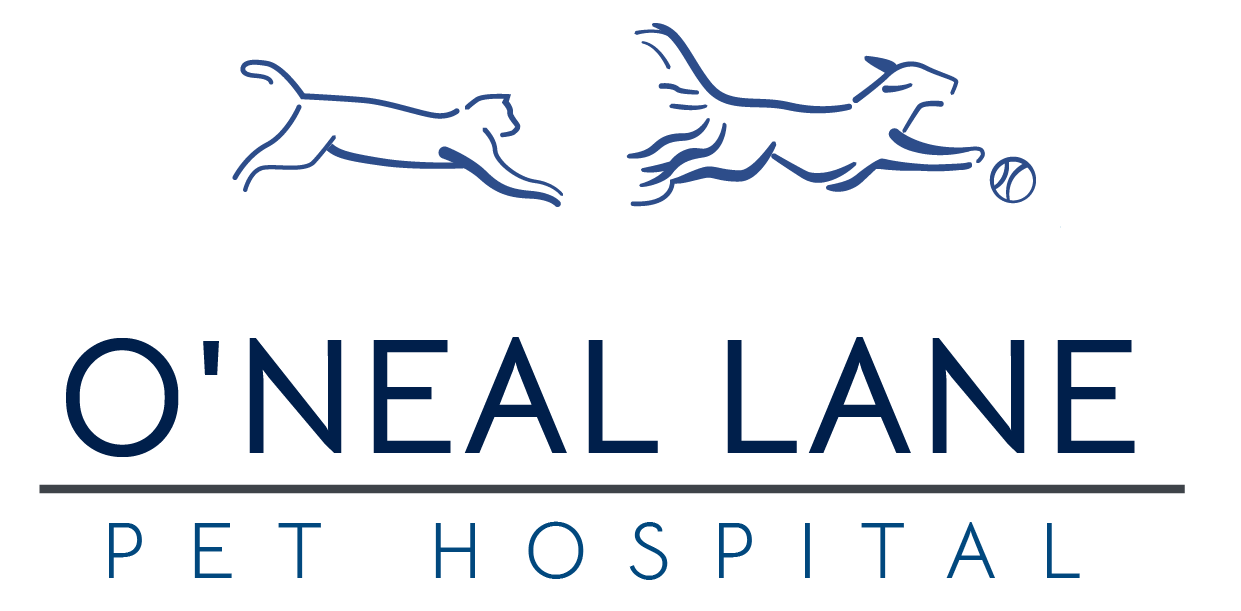Maybe you’re a recent college graduate looking to add a furry roommate to your new apartment. Or, perhaps you’re an empty-nester who wants to fill your nest with a new dog or cat. Maybe you’re the busy parent of three kids who won’t stop begging for a new pet. Whatever your life circumstances, there are many good reasons to add an animal companion to your home. But, before rushing out to adopt a new pet, ensure you’re financially prepared for pet ownership.
Understanding the costs associated with pet ownership
According to the American Society for the Prevention of Cruelty to Animals (ASPCA), the first-year cost of pet ownership can exceed $1,000, and subsequent years can cost $700 or more. A new pet will need veterinary care, which may include an initial exam, spay or neuter surgery, vaccines, and preventive medications. She’ll also require supplies, like a collar, leash, food and water bowls, carrier or crate, scratching post and other environmental enrichment, litter box, and toys. New pets should also be trained.
Recurring costs, including food and treats, veterinary care, litter, toys, boarding or daycare services, grooming services, and pet health insurance premiums, should also be considered.
Meeting the costs of pet health care
Here are three ways to help you financially meet the needs of an animal companion:
- Obtain a pet insurance policy – While most pet insurance plans don’t cover wellness care, insurance is a great option to help ensure your pet will be covered if an emergency strikes. But, plans vary widely, so do your research before purchasing a policy. Consider the following:
– How much is the monthly premium, and what kind of coverage does that include?
– How much is the deductible?
– Does the company require you to file a claim and wait to be reimbursed? Or, do they pay the veterinary hospital up front, so your only out-of-pocket expense is your deductible? - Create a pet savings account – If you choose to adopt an older pet, or one with a pre-existing condition, and pet medical insurance doesn’t make financial sense, you should instead save part of your income in a savings account specifically for your pet.
- Use a health care credit card – Like humans, some pets are prone to accidents and find themselves in emergency situations that require expensive treatments and diagnostics. If you don’t have pet insurance or a pet savings account to help cover emergency pet care costs, consider opening a health care credit card, like CareCredit. Some health care credit cards offer no-interest periods and can be used on any health care services—human or animal.
Owning a pet is like adding a new member to the family. Make sure to understand the costs and responsibilities of pet ownership before you decide to add a new furry friend to the family.
If you have any questions about the costs of pet health care or would like to learn about Trupanion Pet Insurance, please give us a call!
